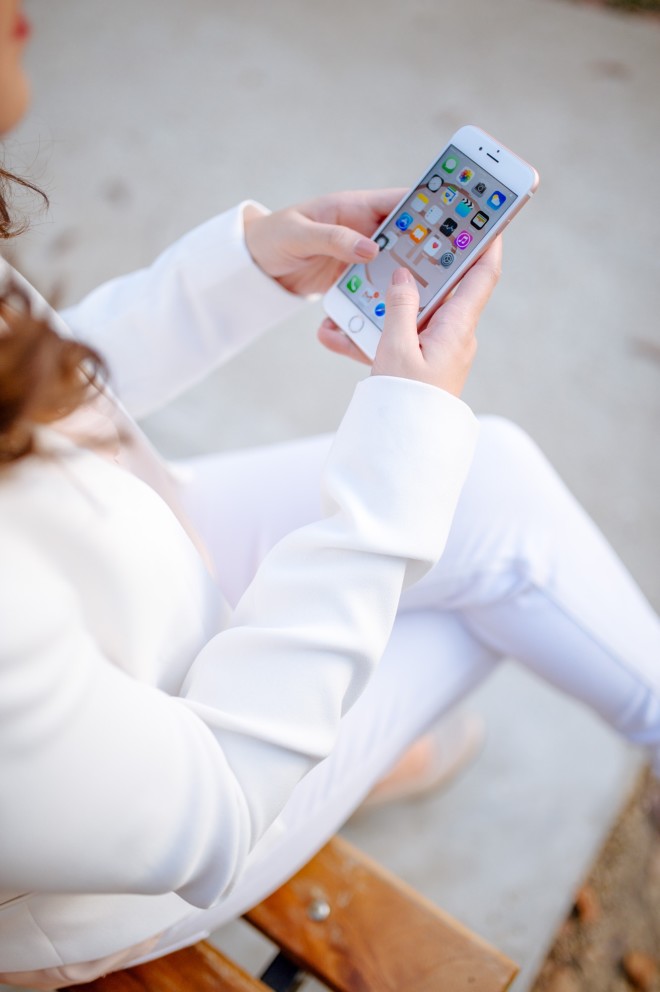
ONCE upon a time, I thought sneaking in my laptop in school made me the most badass rulebreaker on campus. This was in the awkward transition between manila paper and chalk boards to textbooks in iPads. We were already using PowerPoints then, but had to bring them in USBs. Only the (feeling) cool kids like me dared to sneak in laptops—to do homework in the comfort room during recess.
Now, bringing gadgets to class is no longer against the rules. In some schools, it’s even a requirement. Clearly, these gadgets are now recognized as effective tools of productivity in school. If you’re preparing your back-to-school shopping list, consider including these apps for the coming school year.
- Evernote
This cult favorite tops all other note taking apps. It’s the only one I’ve consistently used throughout high school, college and work. With Evernote, it’s easy to organize your notes into notebooks and your notebooks into stacks. A stack is a collection of notebooks, so I’ve always thought of it as a binder.
Your notes, notebooks and stacks sync across all your devices and in the Evernote web site. Just in case you lose your gadgets, you could easily access all your files just by logging on the web site.
Evernote allows you to add tags for every note you make. You could also attach photos, PDFs and audio clips into your notes. Evernote is even capable of reading the words that you snap in your photos! This is helpful when you snap photos of your handwritten notes or signs you see on the street. No need to add tags or to fix the filenames. This makes everything more organized and easy to search. You could also set alarms and reminders for every note you make.
Instead of simply shutting off the app when you’re done with the draft, you could add a reminder within the note itself.
The Evernote Web Clipper is also very useful. If you come across an interesting article online but can’t read it at that moment, you could save the article in any of your Evernote notebooks with only two clicks. That way, your reading list is organized, synced across all devices and adsfree.
Because I’ve been using Evernote for years now, I see it as an extension of my own brain. My notes from school and work are all there. Even my errant thoughts, in no precise categories, are lumped in one notebook. All I have to do is type a certain keyword, and Evernote supplies me with everything related to it—thoughts I processed, web clippings I saved even from years back.
This gives my brain more breathing space to process new ideas, because I’m comforted knowing that all my ideas are dumped safely, organized and synced in my Evernote account.
- Trello
Trello is a powerful project management tool that functions like a visual and collaborative todo list. You could create a board for all of your projects.
On each board, you could create lists. On each list, you could create cards. You could easily transfer cards from one list to another.
For example, one of your boards is for your Filipino class. On this board, you have three lists: to do, doing and done. On those lists are cards or the specific tasks (book report, quizzes, seat works, group projects) that you move from one list to another, depending on the status of your output.
You could input due dates, checklists and photo attachments in your cards. You could also add collaborators, so you could work together on a certain project.
I used to think that Trello was too complicated for a todo list—and I still do! But that’s only because Trello does so much more than a usual todo list. This makes me believe that the time I used in devising my own system with Trello has been a worthwhile investment.
I appreciate how Trello allows you to zoom in on the most minute details, and zoom out to have a bird’s eye view of the entire project. Trello has become an indispensable project management and vision casting tool for me.
- Sleep Cycle
Most students probably use their phone alarm clocks to wake up on time. This has worked well for me for most of my student life, until I found a better way of waking up. This app functions as an (intelligent) alarm clock and a sleep tracker.
Unlike a regular alarm clock that jerks you awake, this alarm clock wakes you up slowly.
It analyzes your sleep patterns, then picks the moment when you’re sleeping the lightest (within a halfhour window you define) to wake you up gently through relaxing music and vibrations on your phone. It uses your phone’s microphone to detect your sleeping patterns, so you don’t need extra gadgets to go with the app. The app shows you the time, duration and quality of your sleep.
Getting to know your circadian rhythm can help determine how productive you are in your waking hours. Most productivityrelated apps focus on how to get the most important tasks done at the shortest time. This app focuses on sleep—the often overlooked productivity powerhouse.
If you think it’s counterproductive to spend time studying new apps instead of speeding through your requirements, it might help to reflect on what entrepreneur James Clear said about productivity. He stressed the importance of time assets, which he defined as “actions or choices you make today that will save you time in the future.” I hope that you find these apps helpful in making you the most productive and mindful version of yourself this coming school year.
Visit us on Instagram InquirerToBeYou; Facebook: 2bU; e-mail 2bu.lifestyle.inquirer@gmail.com